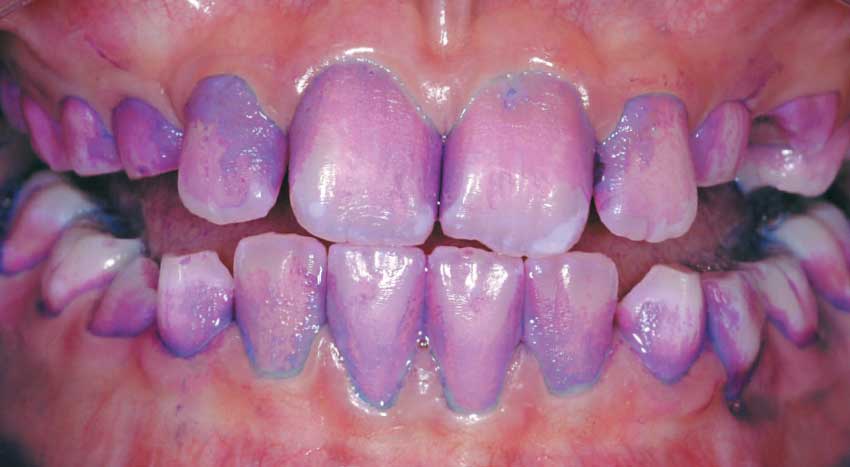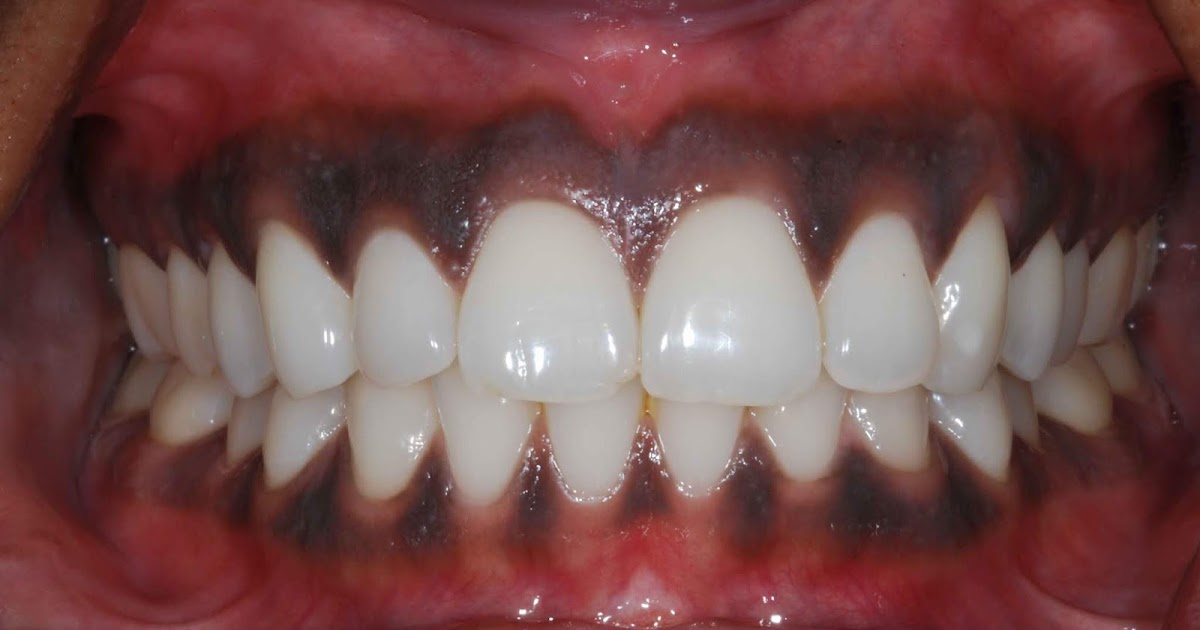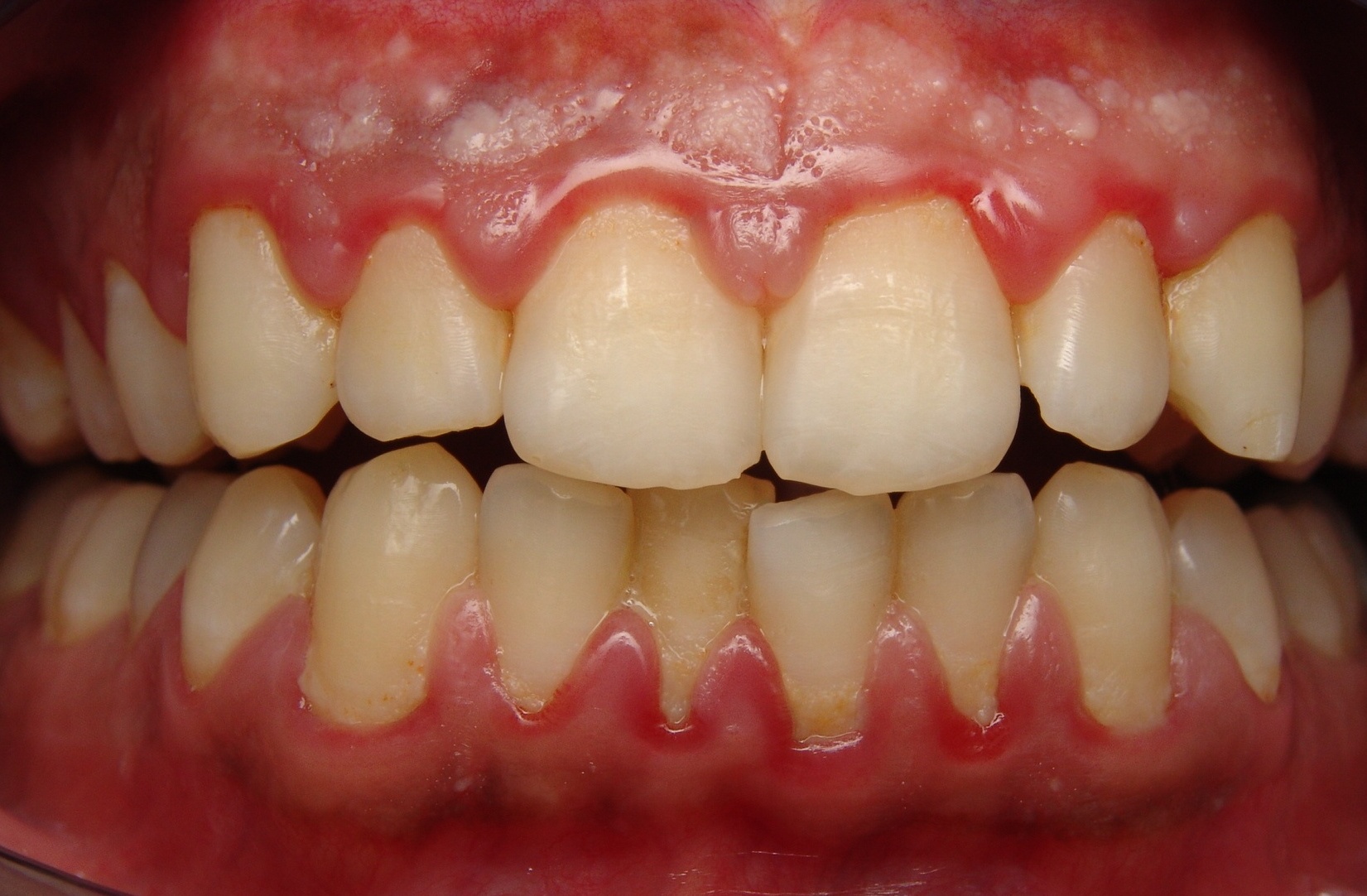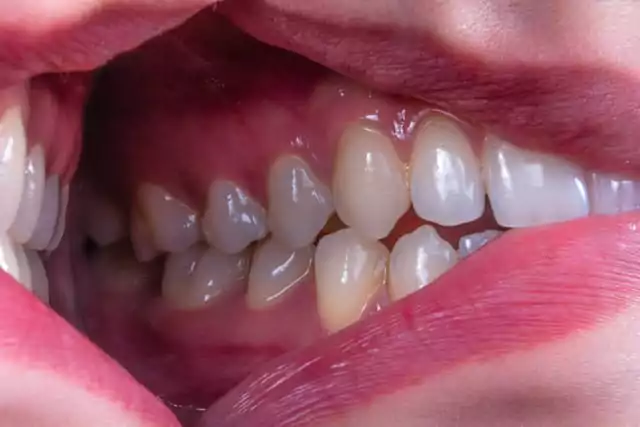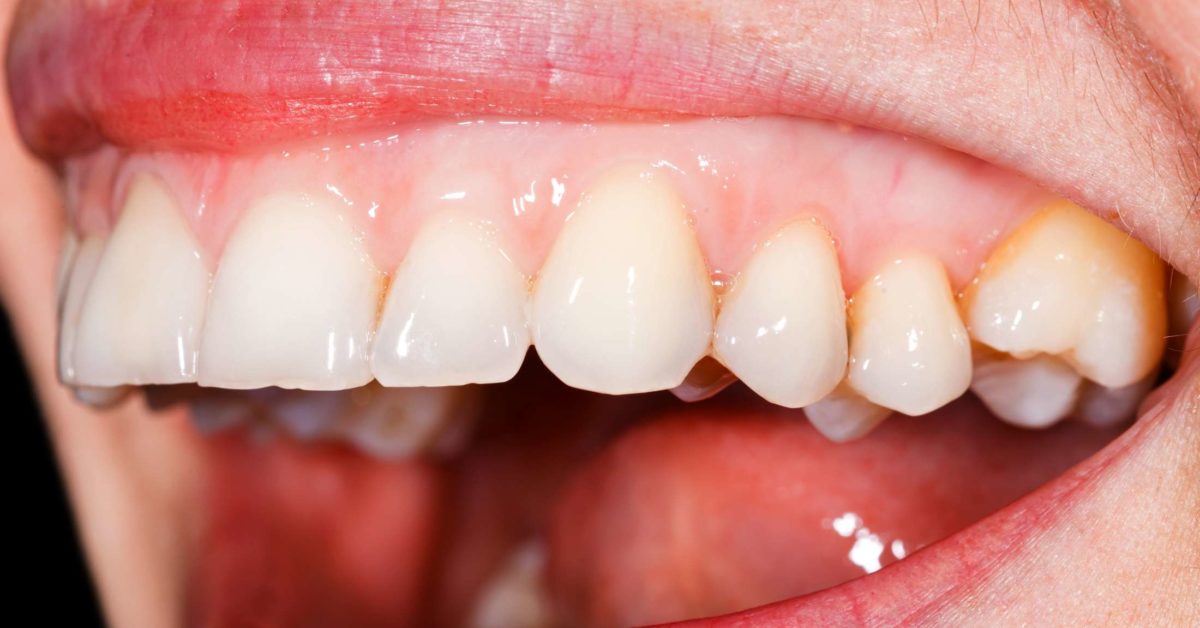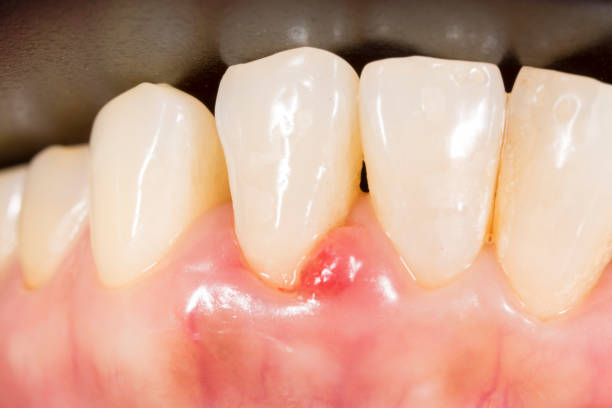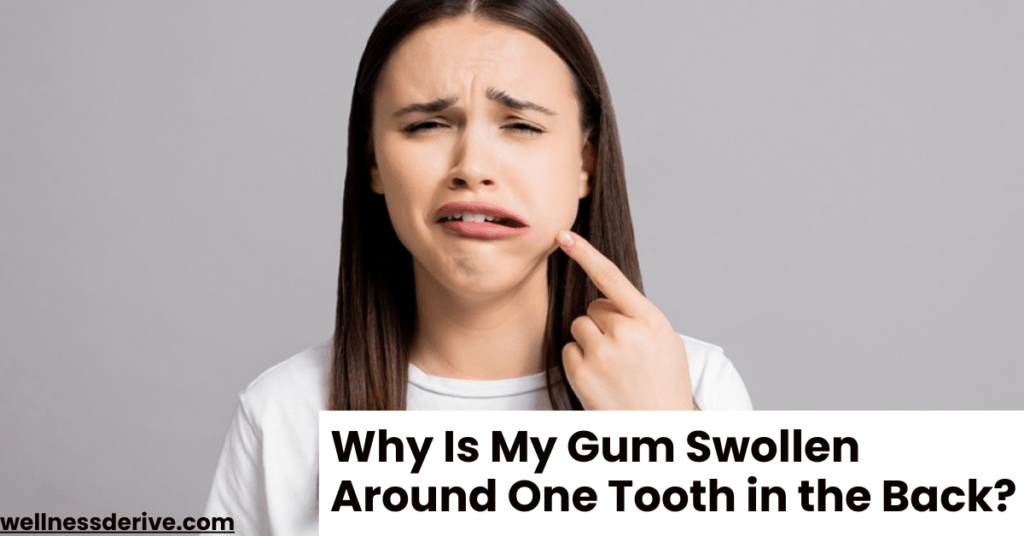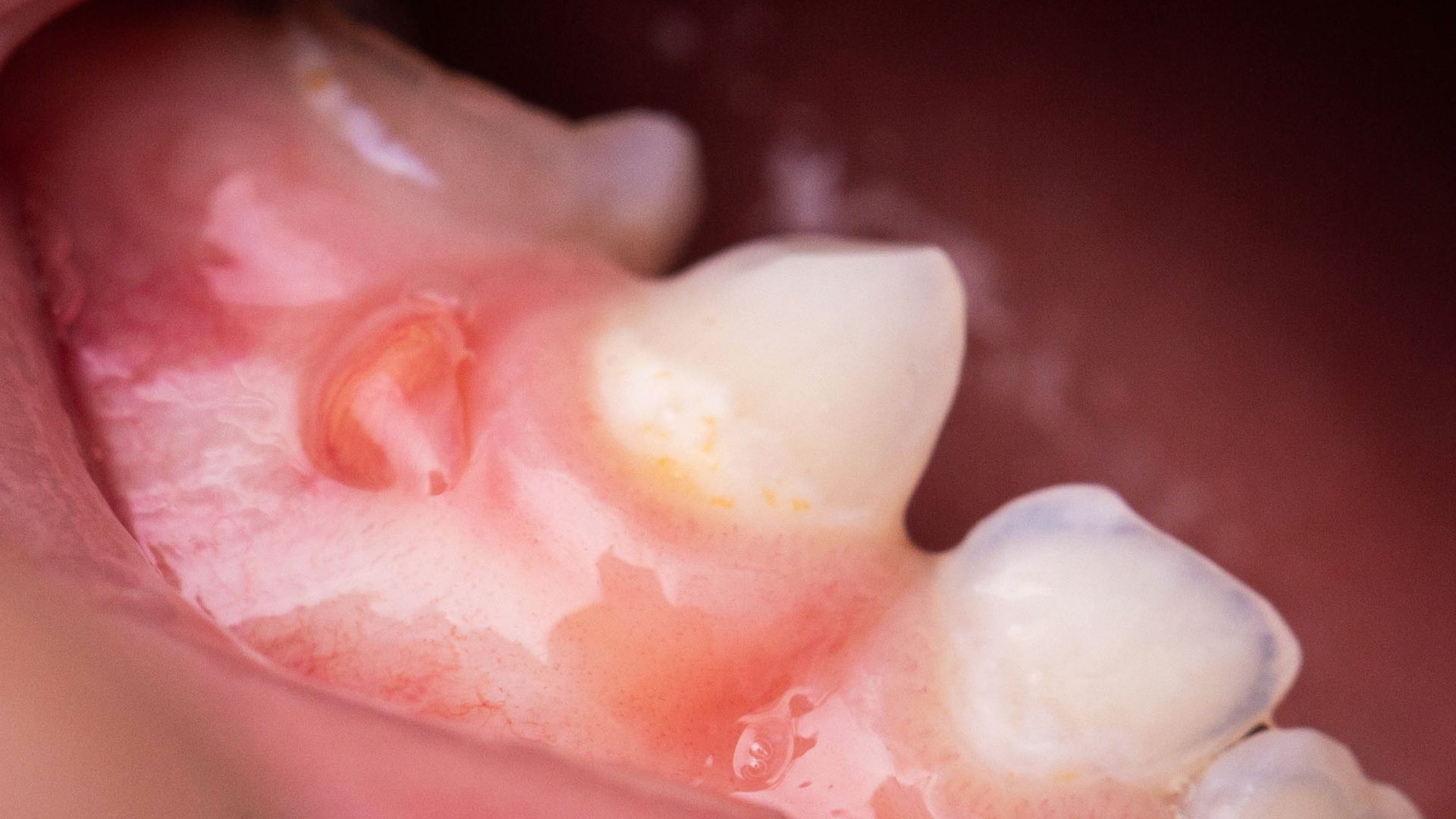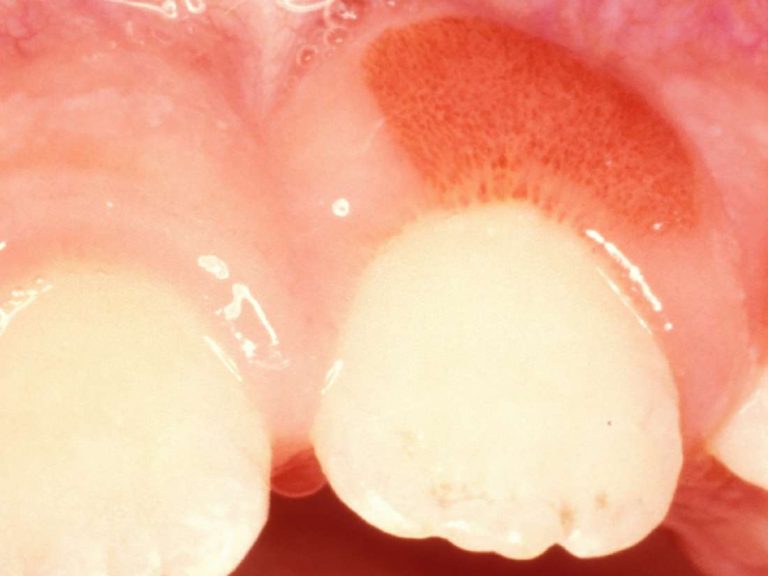Why Is My Gum Purple Around Tooth

If you've noticed a disconcerting purple hue around your tooth, immediate action is crucial. This discoloration, while potentially benign, can also signal underlying and serious dental or medical issues requiring prompt evaluation.
This article breaks down the possible causes of purple gums, the associated symptoms, and the necessary steps to take to ensure your oral health isn't compromised. Swift identification and treatment are key to preventing further complications.
Possible Causes of Purple Gums
Several factors can contribute to the appearance of purple gums, ranging from relatively harmless occurrences to more concerning medical conditions. Understanding these possibilities is the first step in addressing the issue.
Bruising
Trauma to the gums, whether from aggressive brushing, dental procedures, or accidental injury, can lead to bruising. Just like any other bruise, the affected area may initially appear red, then turn purple as the blood vessels beneath the surface break and leak. The American Dental Association (ADA) recommends gentle brushing techniques to avoid causing trauma.
This is often localized and accompanied by tenderness or pain. The discoloration usually resolves on its own within a week or two.
Hematoma
A hematoma is a localized collection of blood outside the blood vessels. In the mouth, this can occur due to injury or after dental treatments like extractions or implants. The appearance is similar to bruising but may feel more raised or firm.
Treatment often involves monitoring and pain management, but larger hematomas may require drainage by a dentist.
Medication Side Effects
Certain medications, particularly those that affect blood clotting, can increase the risk of bleeding and bruising, including in the gums. Anticoagulants like warfarin and antiplatelet drugs like aspirin are common culprits. Always inform your dentist and doctor about all medications you're taking, as cited in various studies, to ensure appropriate treatment planning.
Consulting with your doctor about potential alternative medications might be necessary.
Amalgam Tattoo
An amalgam tattoo occurs when tiny particles of amalgam (a material used in dental fillings) become embedded in the gum tissue. This often appears as a bluish-gray or purplish discoloration near a filled tooth.
It's typically harmless and doesn't require treatment, though some people may choose to have it surgically removed for cosmetic reasons.
Periodontal Disease (Gum Disease)
Advanced gum disease, or periodontitis, can cause inflammation, bleeding, and discoloration of the gums. The gums may appear red, swollen, and in some cases, purplish due to compromised blood flow and tissue damage. According to the National Institute of Dental and Craniofacial Research (NIDCR), periodontitis can lead to tooth loss if left untreated.
Treatment involves professional cleaning, scaling and root planing, and potentially surgery.
Underlying Medical Conditions
In rare cases, purple gums can be a symptom of a more serious underlying medical condition, such as thrombocytopenia (low platelet count) or certain types of anemia. These conditions affect blood clotting and can cause spontaneous bleeding and bruising. According to the Mayo Clinic, early diagnosis and treatment of underlying conditions are crucial for preventing further complications.
If you experience other unexplained symptoms like fatigue, easy bruising elsewhere on your body, or frequent nosebleeds, seek medical attention immediately.
When to Seek Professional Help
While some cases of purple gums may resolve on their own, it's essential to know when to seek professional dental or medical advice.
If the discoloration is accompanied by pain, swelling, bleeding, or other concerning symptoms, schedule an appointment with your dentist as soon as possible. Also, if the discoloration persists for more than a week or two without improvement, a professional evaluation is warranted.
Do not delay seeking help if you suspect an underlying medical condition is the cause.
Diagnosis and Treatment
A dentist will conduct a thorough examination of your mouth, including your teeth, gums, and surrounding tissues. They may ask about your medical history, medications, and any recent dental work or injuries.
Depending on the suspected cause, diagnostic tests such as X-rays or blood tests may be necessary. Treatment will vary depending on the underlying cause, ranging from simple home care measures to more complex dental or medical interventions.
Preventive Measures
Maintaining good oral hygiene is crucial for preventing many causes of purple gums. Brush your teeth gently twice a day with a soft-bristled toothbrush, floss daily, and visit your dentist regularly for checkups and cleanings.
Avoid aggressive brushing, which can traumatize your gums. If you're taking medications that increase your risk of bleeding, discuss this with your dentist and doctor to develop a plan to minimize potential complications. Early detection and proactive oral care are key to preventing gum discoloration and maintaining overall oral health.
Next Steps
If you have purple gums, don't panic, but don't ignore it either. Assess the situation, consider any potential causes, and schedule an appointment with your dentist for a comprehensive evaluation.
Prompt action can help identify the underlying cause and ensure that you receive appropriate treatment to protect your oral and overall health. Your health depends on it.

